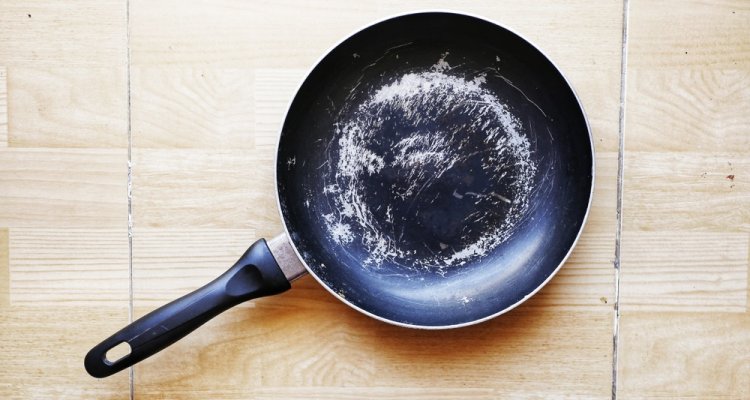
Blog
No more PFAS in our surface water!
Poly- and perfluoroalkyl substances are a family of chemical substances better known as PFAS. These man-made chemicals have been around since the 1960s. They are unrivalled in protecting products from water, dirt, oil and heat. In fact, your non-stick frying pan probably contains PFAS, as does your raincoat, your sports clothes and the grease-proof pizza box your dinner comes in.
We now know that PFAS also have a downside. These substances end up in our food and in surface water. Although present in low concentrations, these substances accumulate in our organs. This is a problem given that some 6000 PFAS substances are toxic and can cause health problems and perhaps even cancer.
Restricting use
It’s high time to address this problem, starting with restricting the use of harmful PFAS. The famous Teflon frying pan stopped using the cancer-causing substance PFOA in 2015. In 2020, the Netherlands and several other European countries have been working on banning all harmful PFAS. While this sounds sensible, it remains to be seen whether safe alternatives can be found that have the same functional properties. The search so far has been difficult. Some substances that were developed to replace harmful PFAS, such as Gen-X, EEA and Adona, are just as toxic. The specific fluorine bond of PFAS is hard to replace with a non-toxic alternative.
Step 1: Detecting PFAS
Banning PFAS entirely will not solve the problem as these substances can already be found in Dutch soil and surface water. The challenge is to obtain a natural form of PFAS. Together with a group of water treatment and technology experts, we are researching ways to remove PFAS from our surface water. The first step is detection. We are developing a method to bind PFAS to a protein, similar to how a pregnancy test or COVID test works. This will help us determine whether PFAS is in the water -- a challenge, given that PFAS is hard to detect.
Step 2: Feeding bacteria
If we succeed in developing a good detection method, the next challenge is to extract the substances from the water. To do so, we plan to train specific bacterial strains by putting them on a strict diet. The diet will train them to eat PFAS at a high rate and so remove these toxic compounds from the contaminated water stream. This proven technique has previously been used to remove pharmaceutical residues from surface water.
We hope our work will yield a promising technology to help us make our surface water PFAS-free. Then it will be up to all parties in the chain, from producer to processor, to invest in further scaling up. Or will we simply accept that we’ll soon be ingesting five times the legal PFAS amount in the near future?